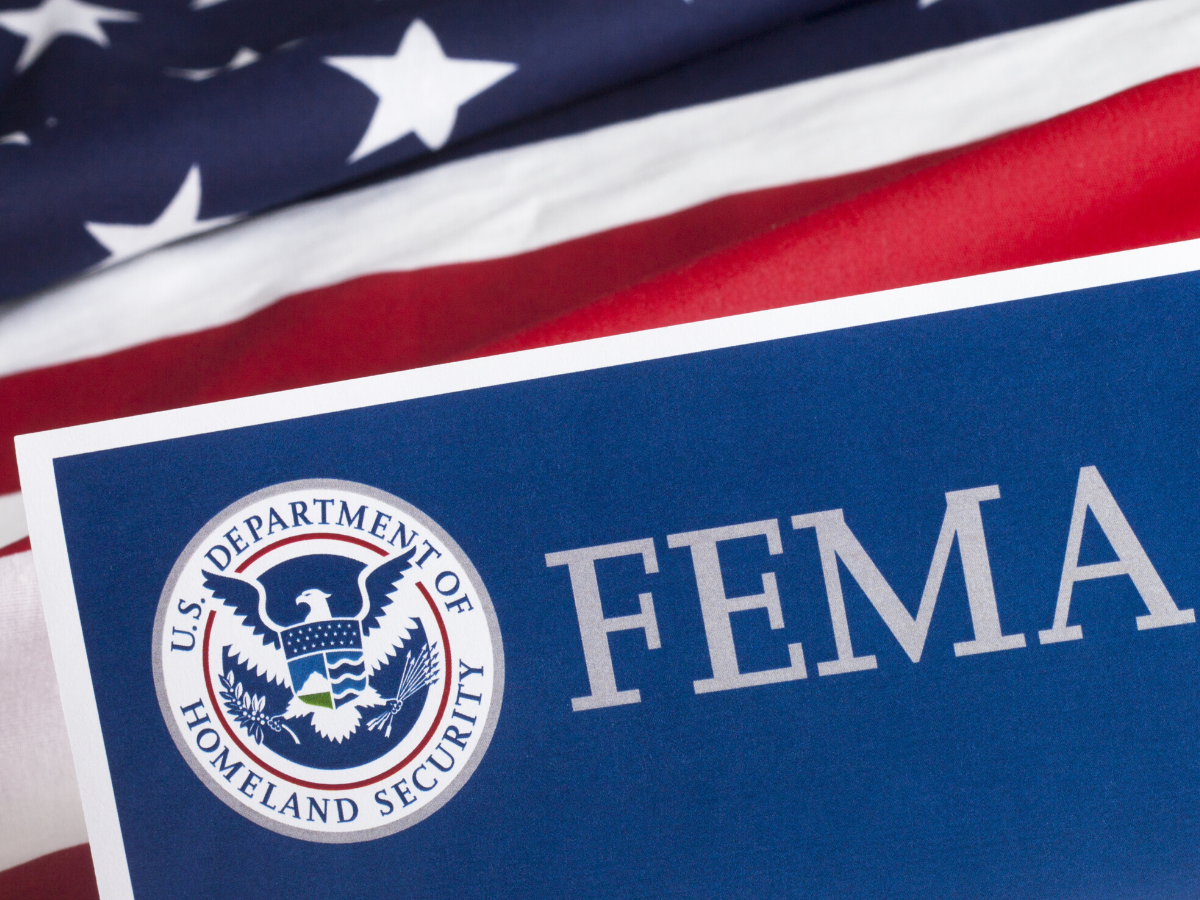What Costs May Be Reimbursable for COVID-19 for Governments and Nonprofits?
What Costs May Be Reimbursable for COVID-19 for Governments and Nonprofits?
Many governments and nonprofits are wondering what costs may be reimbursable for the COVID-19 pandemic.
All major disasters can lead to some form of political, social, and economic consequence. Normally these events are confined to a region of the country and regions within the respective states impacted. COVID-19 is not normal and has impacted all sectors of the economy including governments and nonprofit organizations nationwide. This led to the Presidential Declaration of a national emergency for all states and territories and a Major Disaster Declaration for all.
We recognize the terrific strain COVID-19 has placed on numerous governments and nonprofits around the U.S. We also understand the complexities of applying for FEMA assistance for eligible reimbursement.
As part of initial guidance, FEMA has issued a list of eligible emergency protective measures related specifically to COVID-19. However, FEMA has stated that it is a preliminary, non-exhaustive list.
Emergency Work and Permanent Work
FEMA provides grant funding for disaster response work in two categories:
(1) Emergency Work
(2) Permanent Work
Emergency Work includes Labor Costs, Equipment Costs, Supplies, recognized Emergency Protective Measures, and other work done immediately to save lives, protect improved property, protect health and safety, or lessen the threat of a major disaster. Permanent Work generally refers to permanent restoration of physically damaged facilities (such as wind damage or flood damage).
Currently, only FEMA Category B Emergency Work/Emergency Protective Measures are reimbursable for this event.
Emergency Protective Measures are a subcategory of Emergency Work and are defined as expenses incurred before, during, and after an incident that:
• Eliminate or lessen immediate threats to lives, public health, or safety; or
• Eliminate or lessen immediate threats of significant additional damage to improved public or private property in a cost-effective manner.
Categories of Reimbursable Emergency Work FEMA may provide assistance for emergency protective measures including, but not limited to, the following:
1. Management, control and reduction of immediate threats to public health and safety.
2. Emergency medical care.
3. Medical sheltering.
4. Labor Costs (Force Account Labor).
5. Equipment and Purchased Equipment Costs (Force Account Equipment).
6. Leased Equipment.
7. Supplies.
8. Project Management, COVID-19 Training and Design Services.
9. Management Costs, or Category Z costs, including indirect costs, administrative expenses, or other expenses incurred in administering and managing a public assistance award that are not chargeable to a specific project.
10. Surveys to assess or locate damage.
11. Certain emergency work, such as debris removal, preventing damage to property, removal of hazardous materials or privately-owned vehicles, disposal of same, staging sites, etc.
12. Other Emergency Protective Measures.
This is a unique disaster, and creatively thinking through your eligible costs will be key in maximizing your FEMA reimbursement. You will be assigned a representative from FEMA and from the Division of Emergency Management to work with you on your claims.

